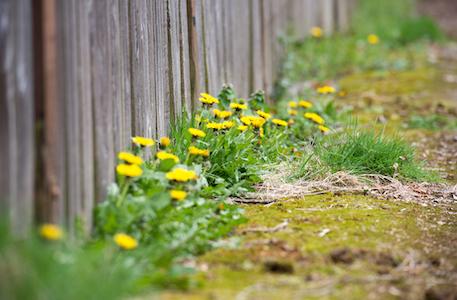
7 Simple and Effective Strategies for Removing Weeds from Your Yard
Weeds seem capable of growing anywhere and everywhere! But there are numerous effective ways to keep them at bay over the long growing season or remove them after sprouting.
Here are seven proven and eco-friendly techniques.
1. Pull weeds by hand.
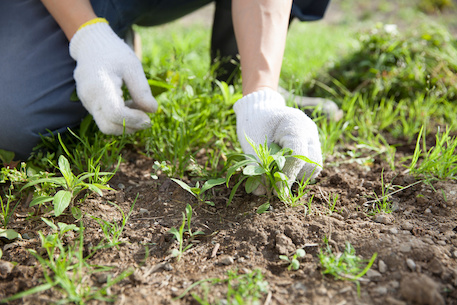
This strategy is ideal for well-established beds and borders that only need periodic maintenance. Pull the weeds after heavy rain while the soil is damp and loose for the best results. Grab each plant as low as possible so the roots come up too. If the roots don’t pull easily, use a weeding tool with a forked tip to loosen the soil around the plant’s base.
2. Use a handheld cultivator.
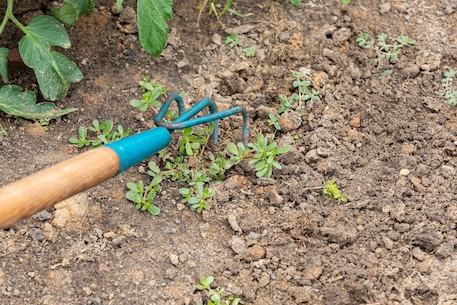
If you have larger areas of exposed dirt filled with numerous small weeds, a forked cultivator can easily pull the troublesome seedlings out of the soil, where they’ll dry up and decompose. This technique is excellent for vegetable gardeners with large plots or several raised beds.
3. Try natural weed killers.
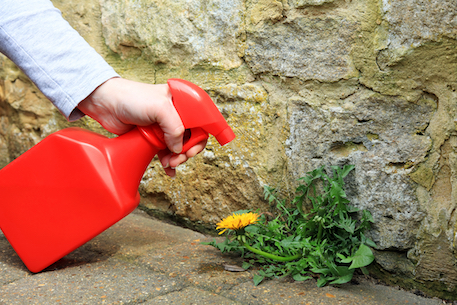
Mix homemade concoctions to eliminate weeds and avoid chemical herbicides, including full-strength white vinegar, watered-down salt, or diluted Borax. Add a dash of liquid soap to your concoction to help it stick to the leaves.
Spray your mixture onto the weed leaves but don’t let it soak into the soil. It’s also good to wear protective gloves, especially when using Borax.
4. Add mulch.

Mulch won’t remove weeds, but it can help prevent them from spouting. Also, mulch helps keep your soil moist, making it easier to pull any weeds that do germinate.
5. Block them out.

All plants need sunlight and water to grow. So, one way to eliminate weeds is to obstruct their access to these resources. For example, a heavy black plastic sheet eliminates both light and water.
Alternately, thick layers of newspaper or cardboard will block sunlight but still let water seep through, which might be an important consideration if other desirable plants are in the same vicinity.
Spread your plastic, cardboard, or other weed-blocking material across the ground and cover it with a thick mulch to hold it in place. That way, the weed block will do its job invisibly.
6. Turn up the heat.
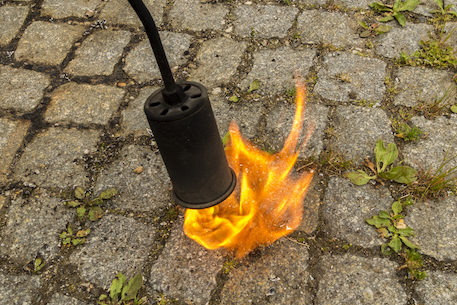
Removing weeds by the roots is much harder if they’re growing in pavement cracks. Crushed stone is looser, but if you’ve ever pulled a significant weed from a stone driveway, you probably know it can create an unsightly patch where the paving material has been disturbed.
Fortunately, natural weed killers may be effective in either scenario. However, since stone surfaces aren’t flammable, you might want to try another strategy—fire. Some gardeners use small, handheld torches to burn weeds, or you can purchase a flame weeder designed for this purpose.
Please do NOT use flames if you live in an area with drought conditions or otherwise susceptible to fire damage. Additionally, it’s advisable to test this technique in an inconspicuous area to ensure the flames won’t damage your paving material.
Boiling water is another way to turn up the heat. It may take more than one application, but piping hot water over weeds will eventually kill them.
7. Chop off the tops.

You can slow the spread of a substantial weed patch if you don’t have the time or desire to remove them immediately. Chop off the tops with a weed whacker before the blooms become seeds. This isn’t a long-term solution, but it will buy more time to deal with them later.
